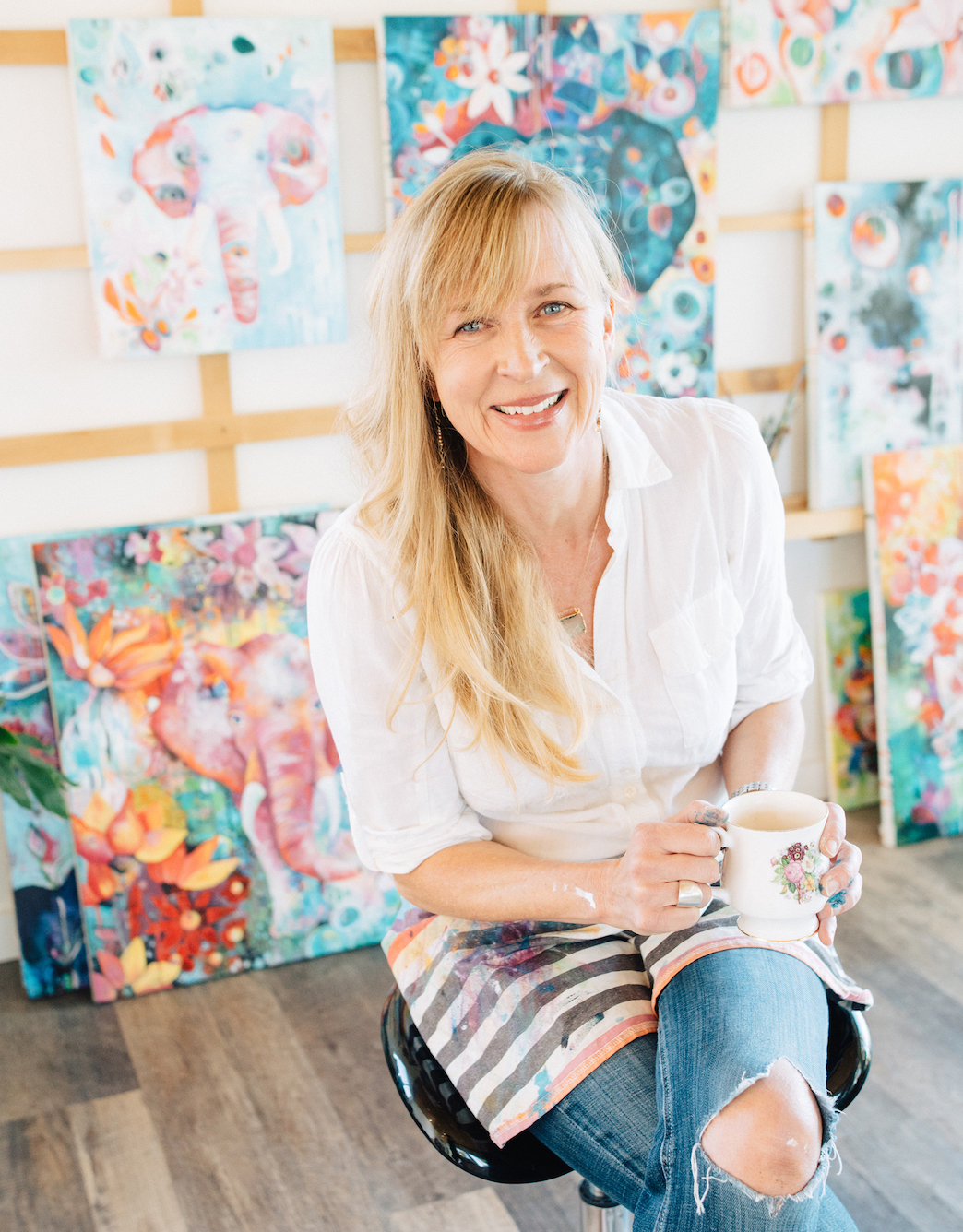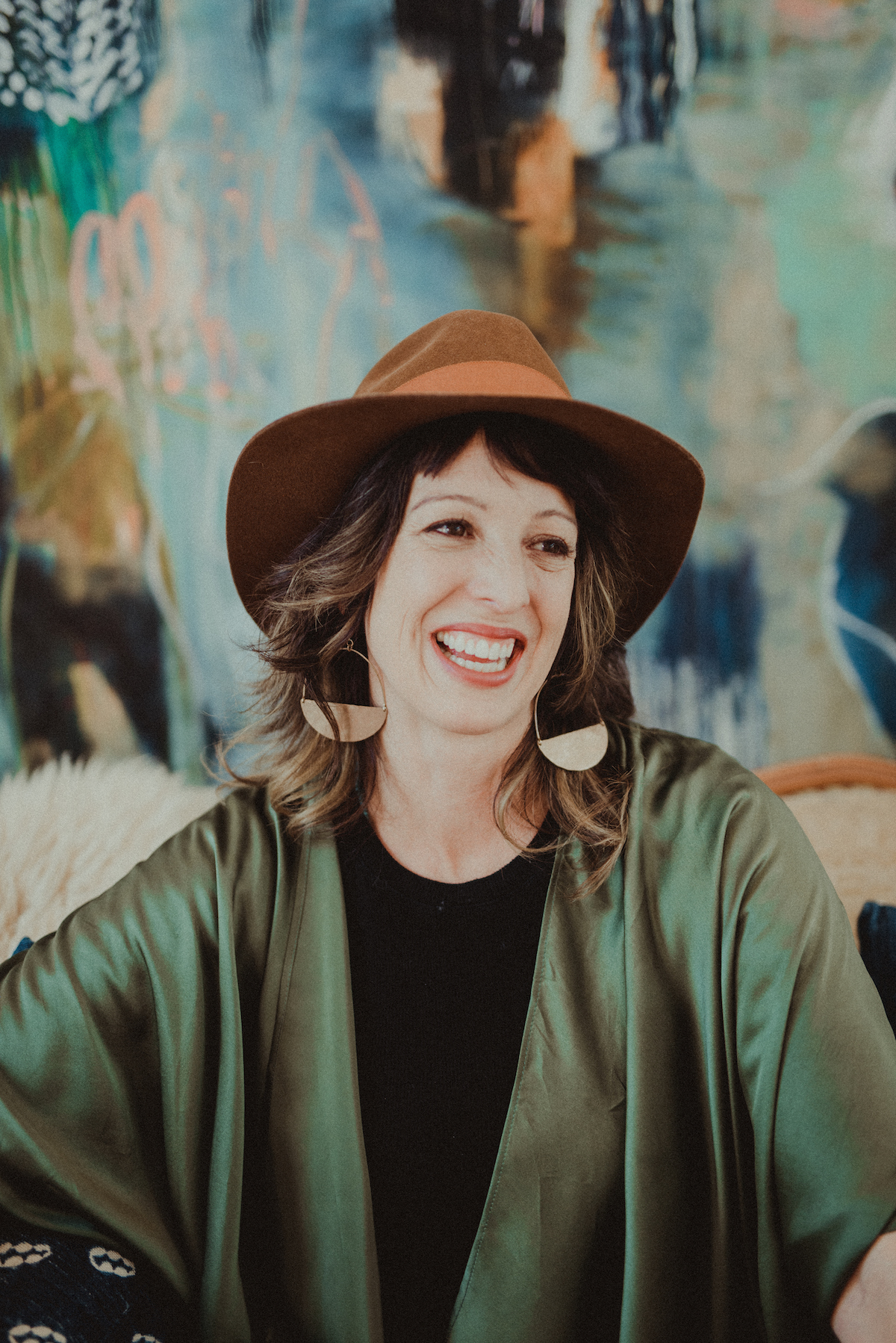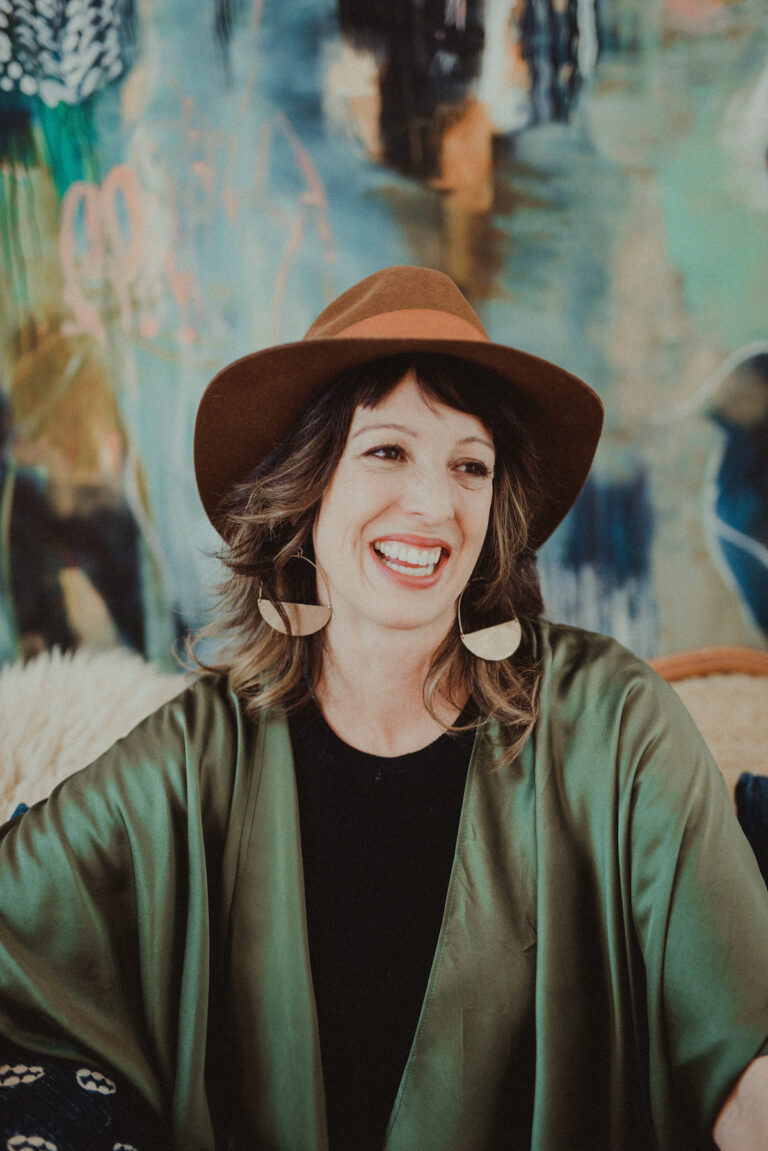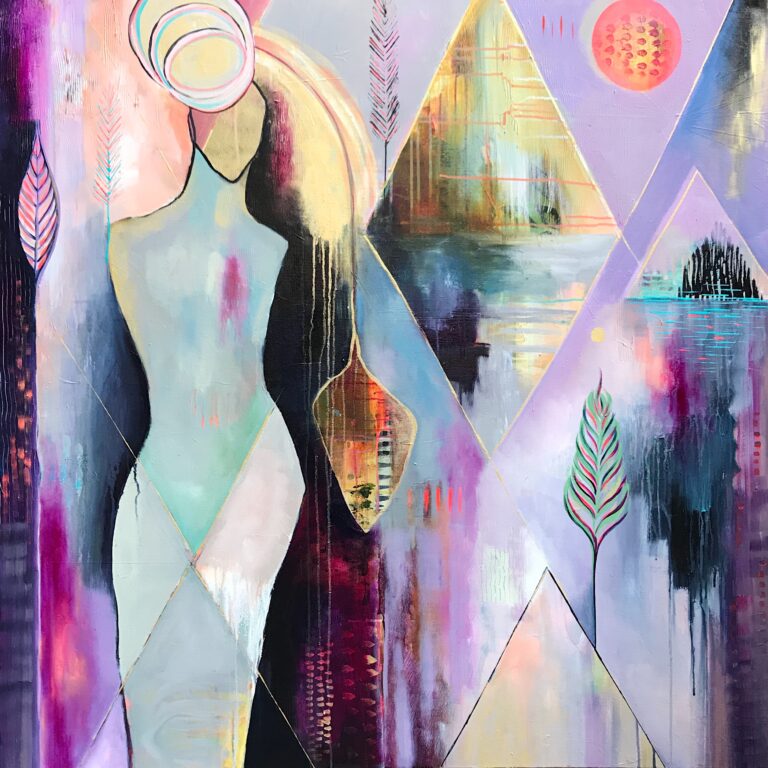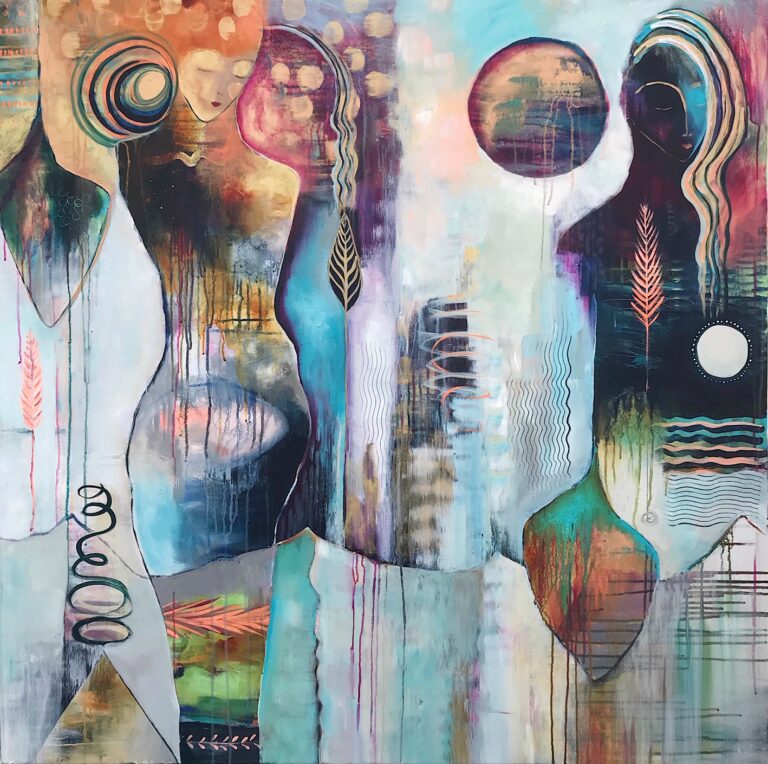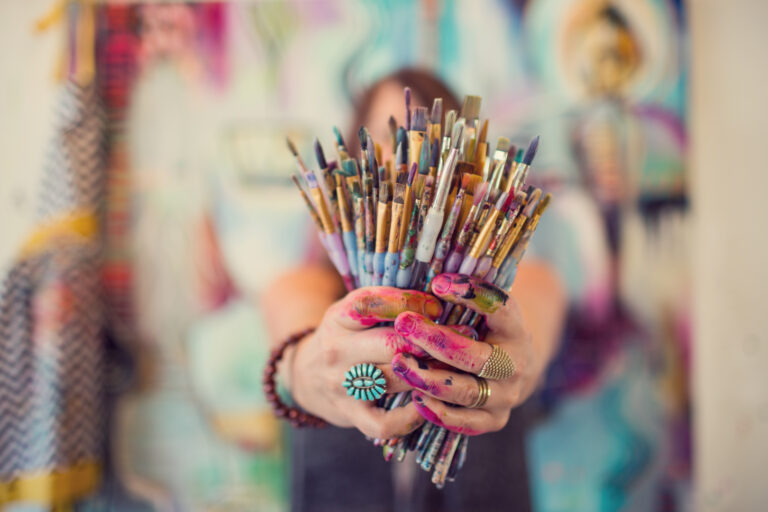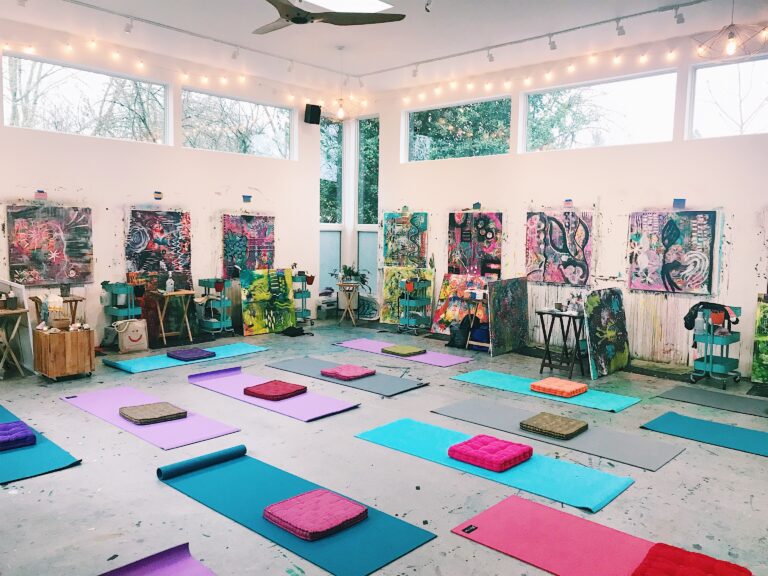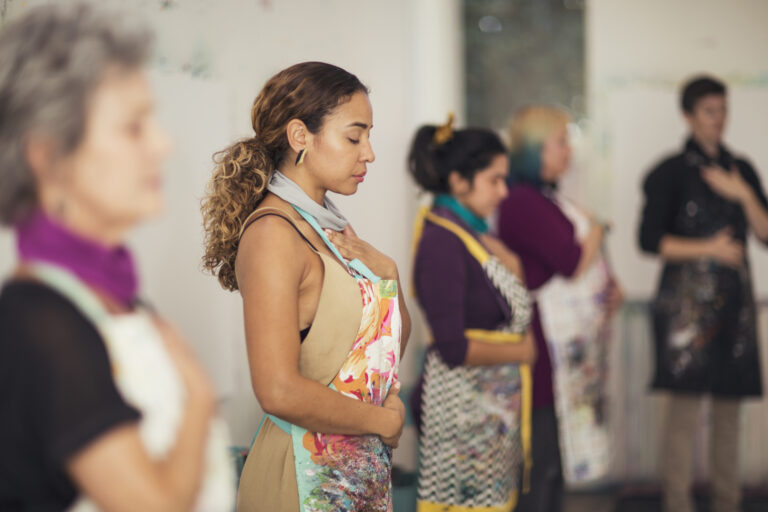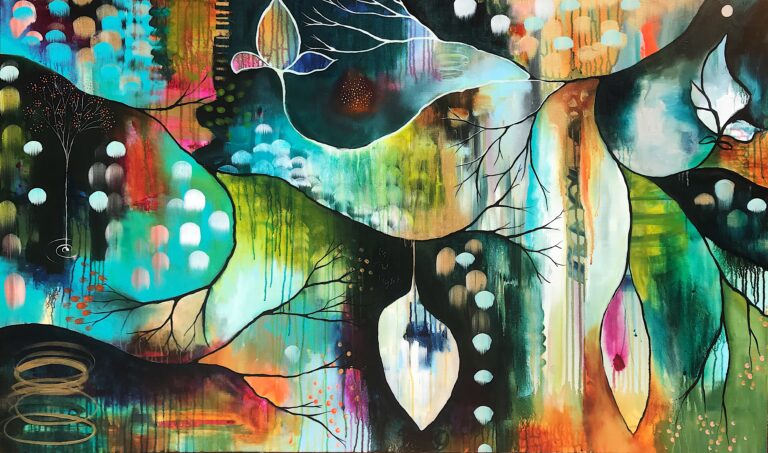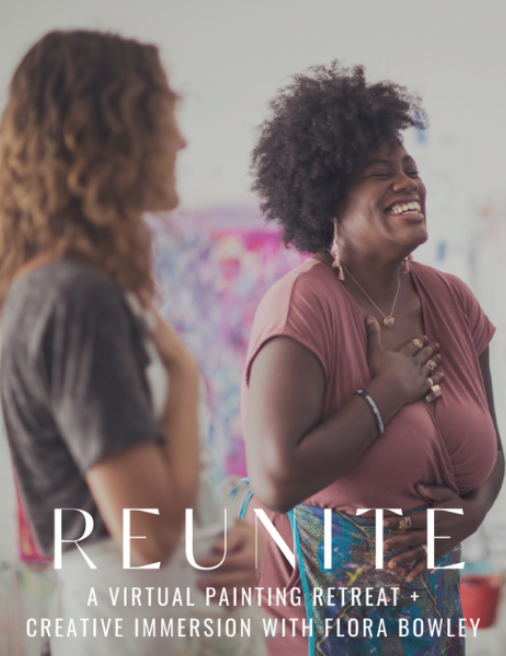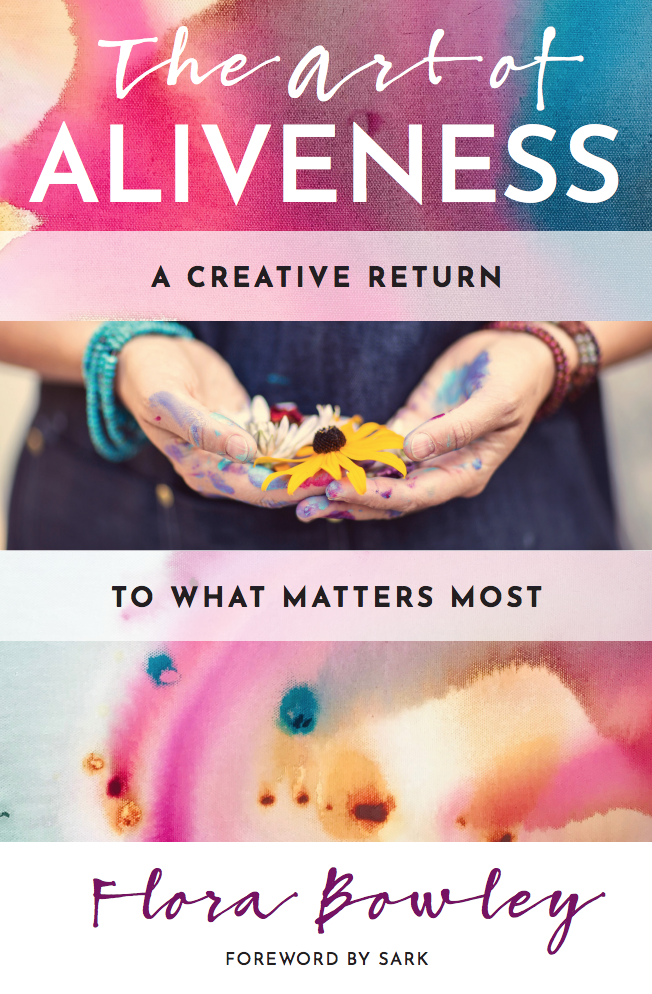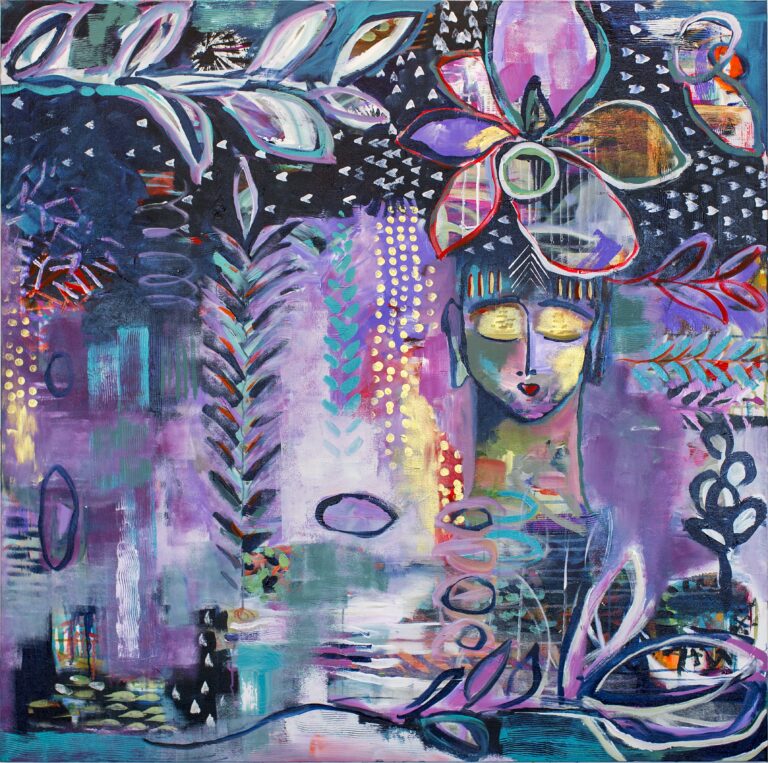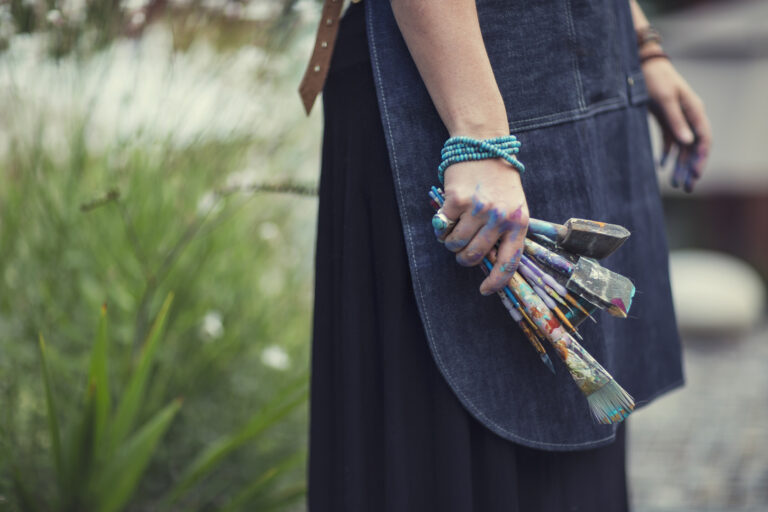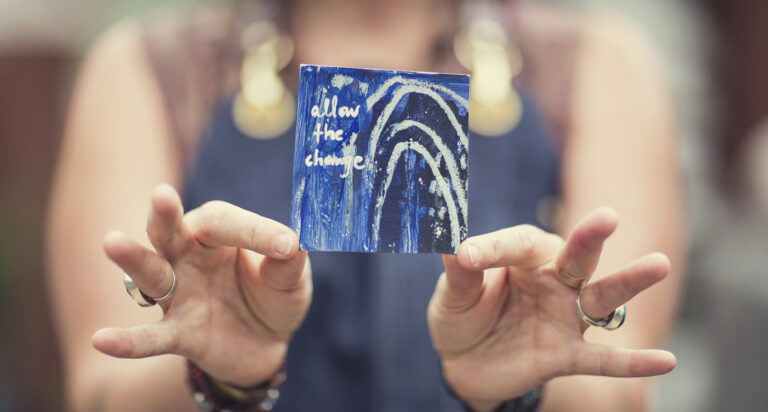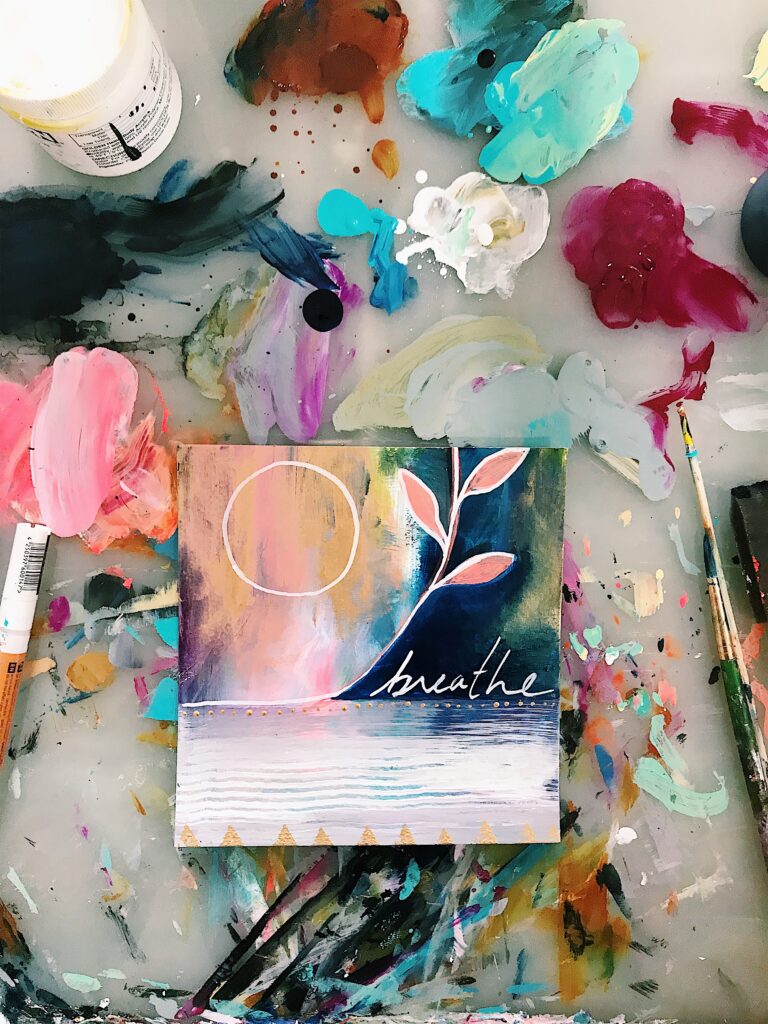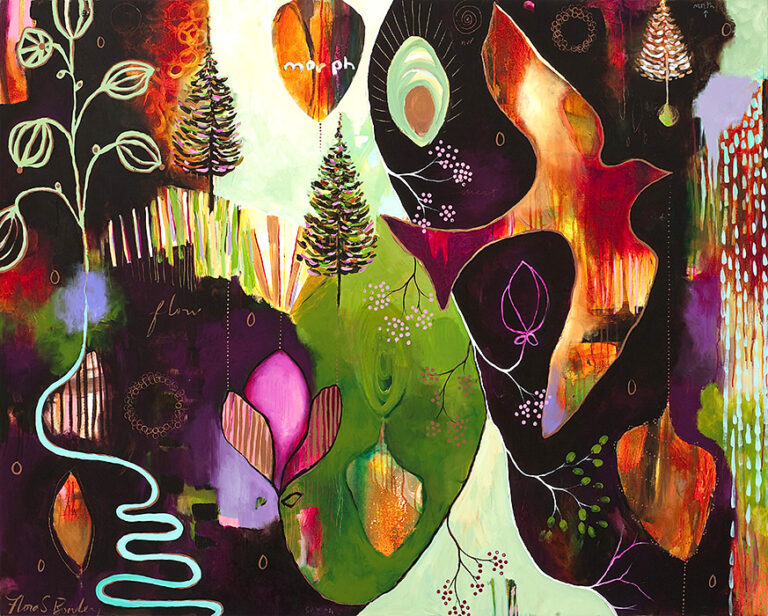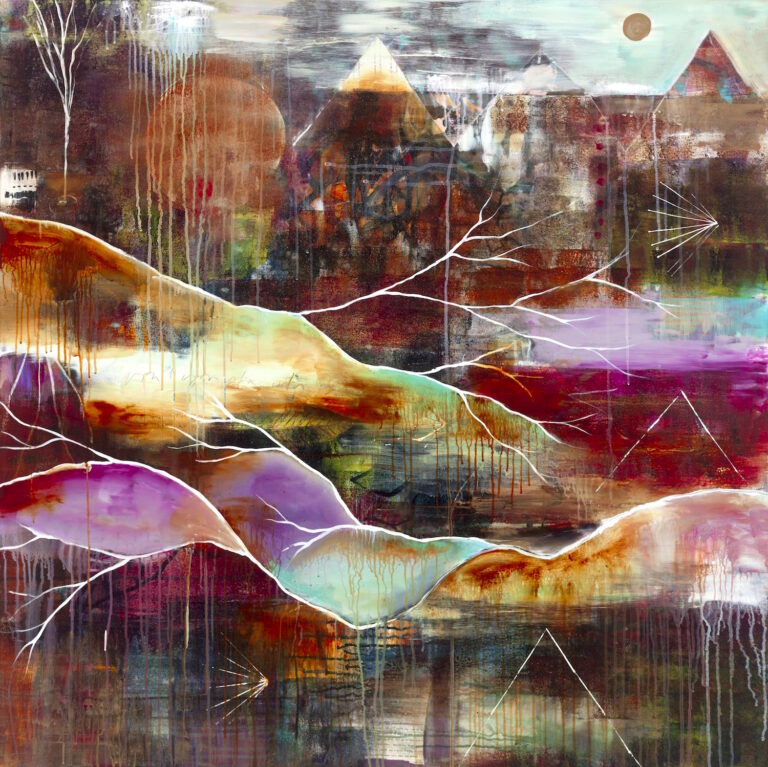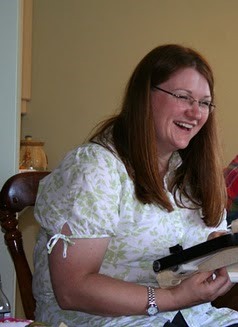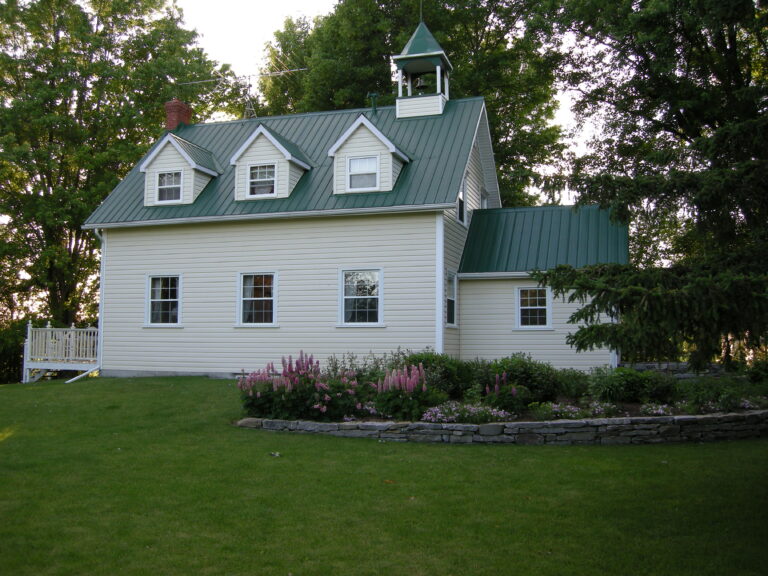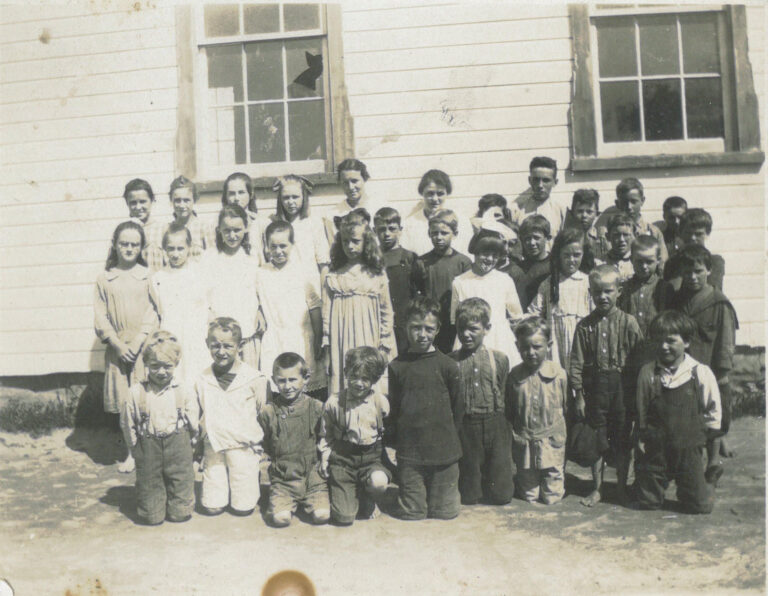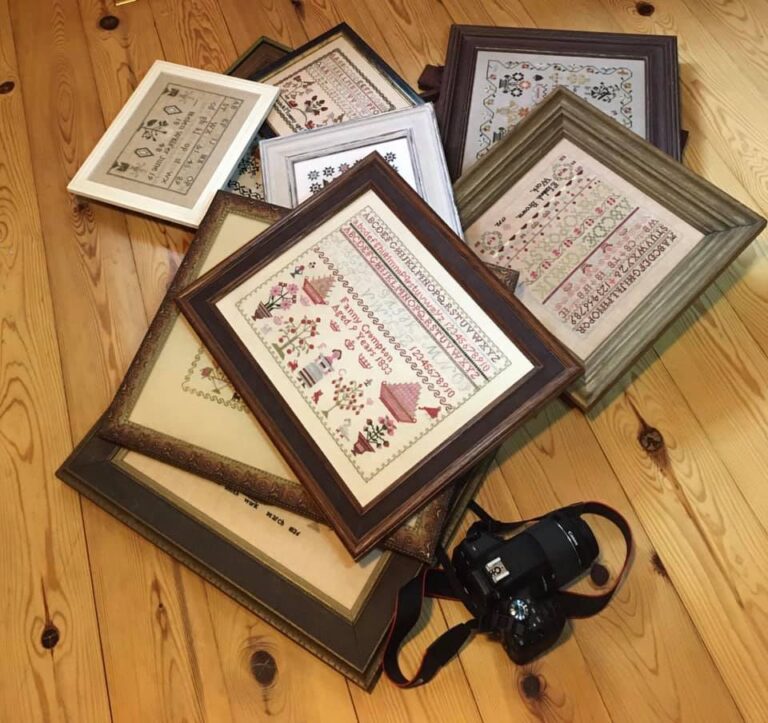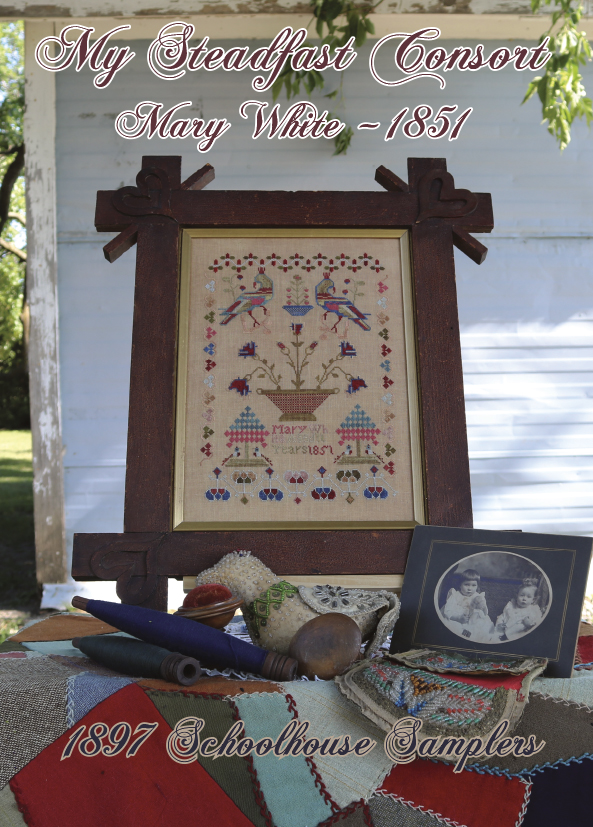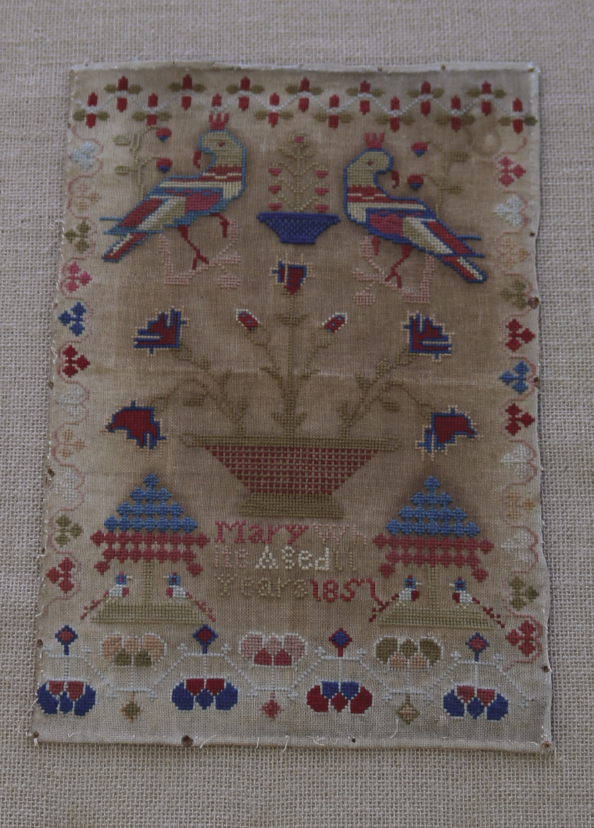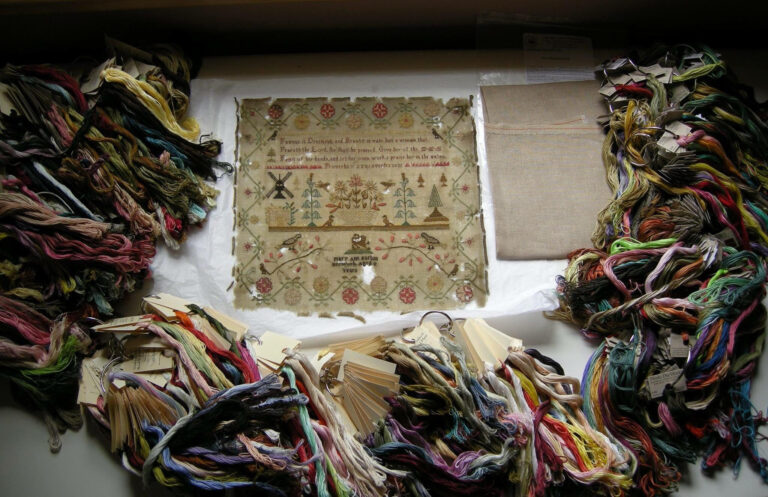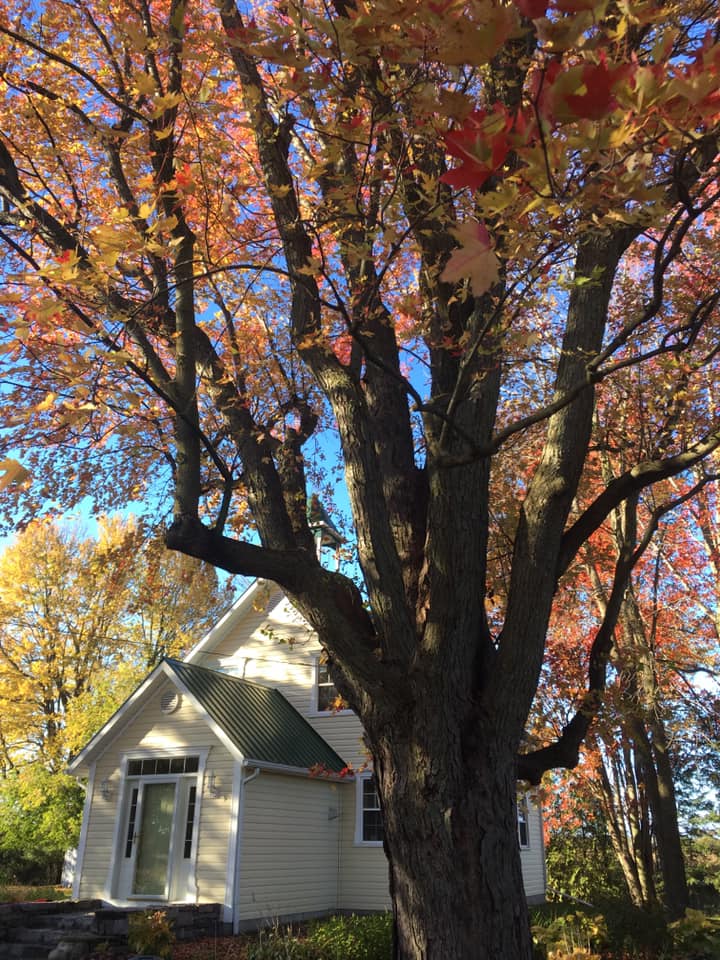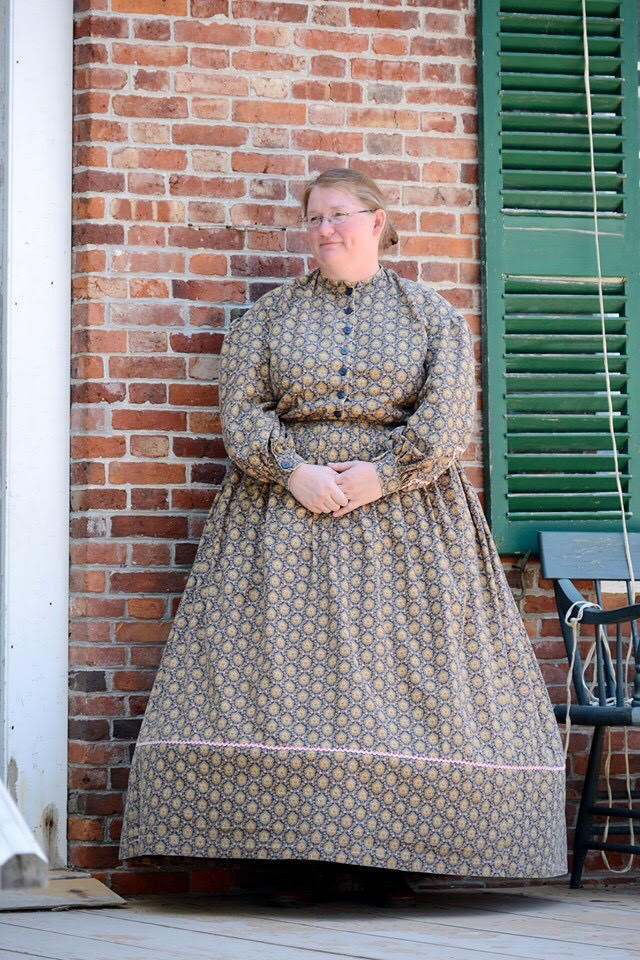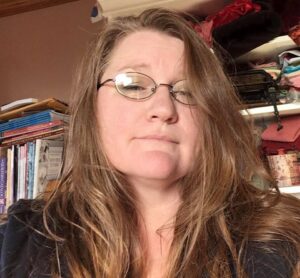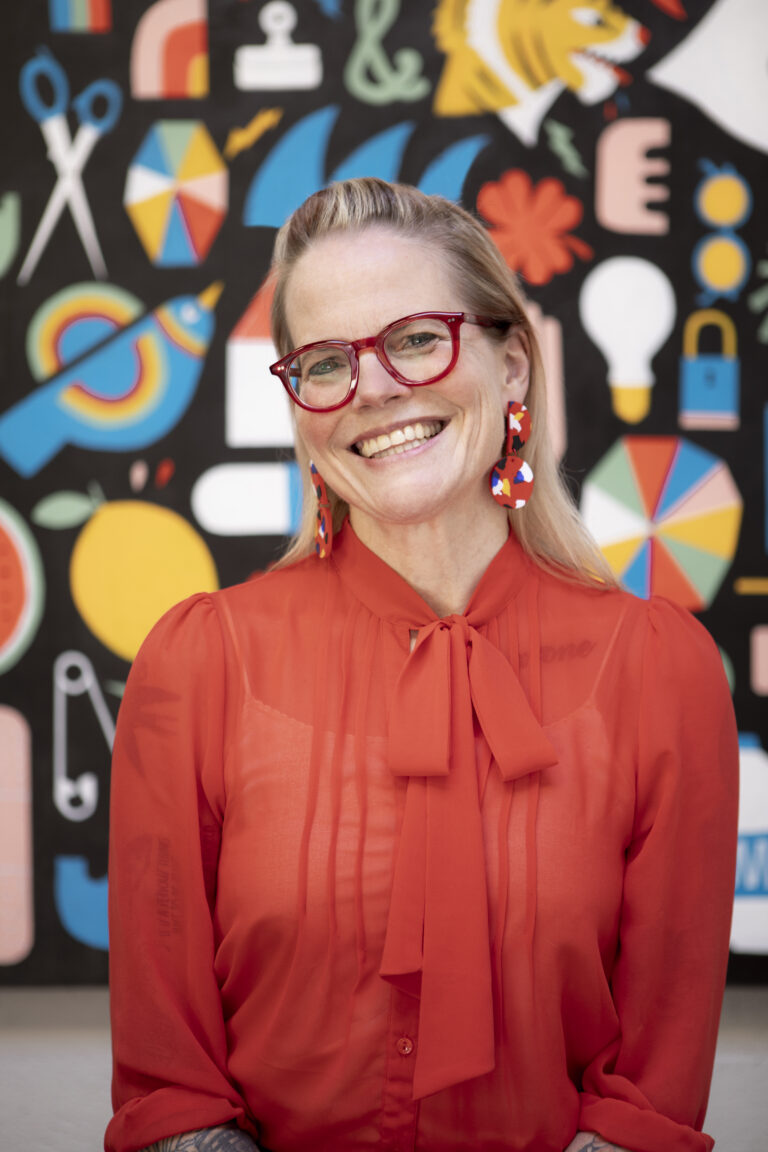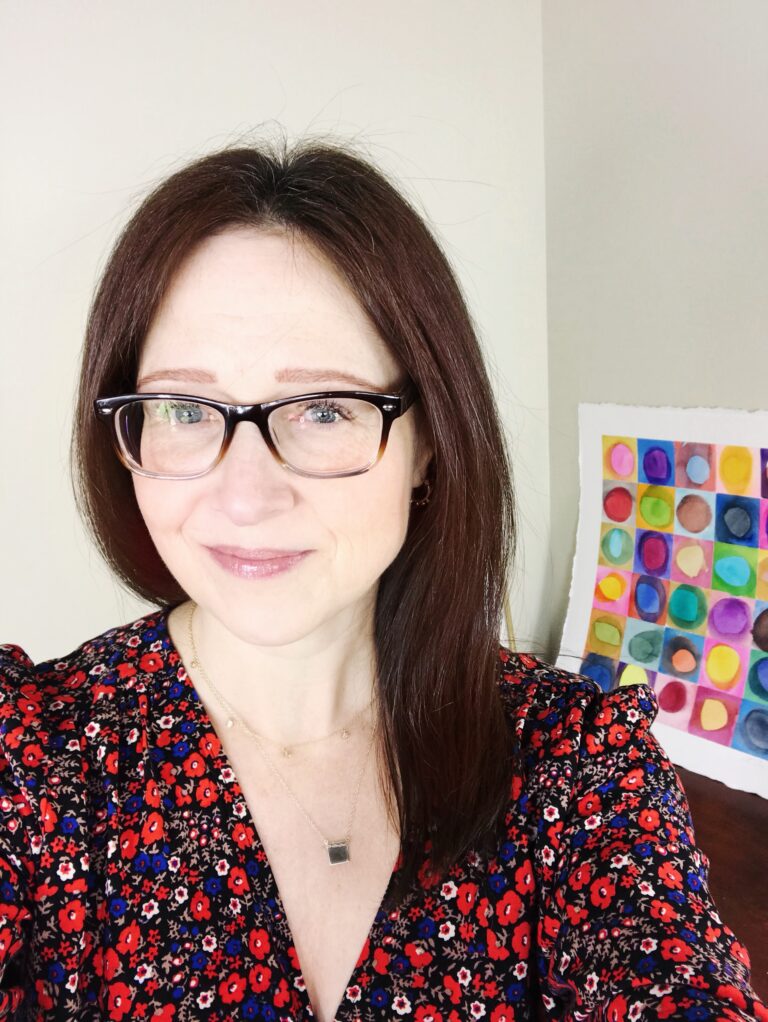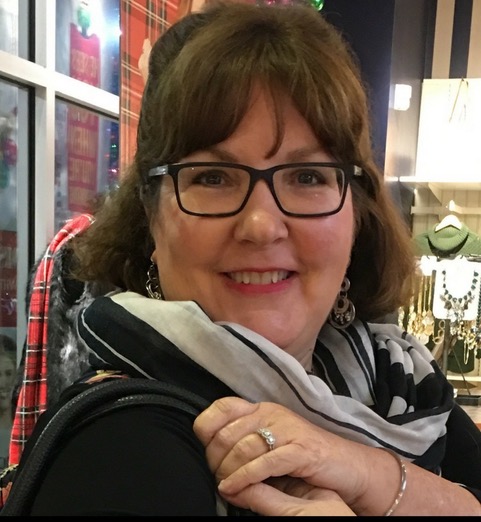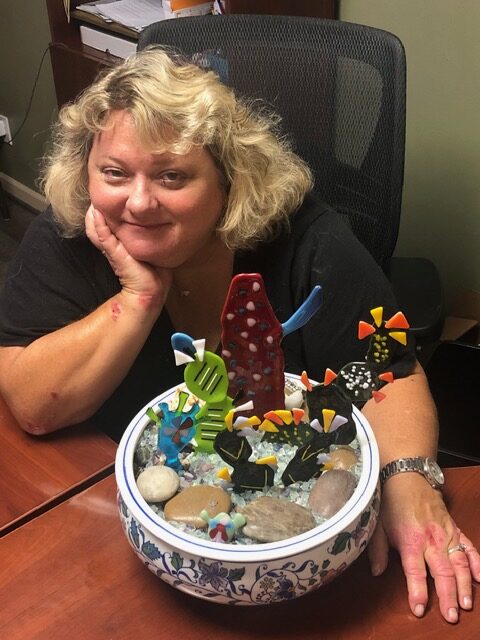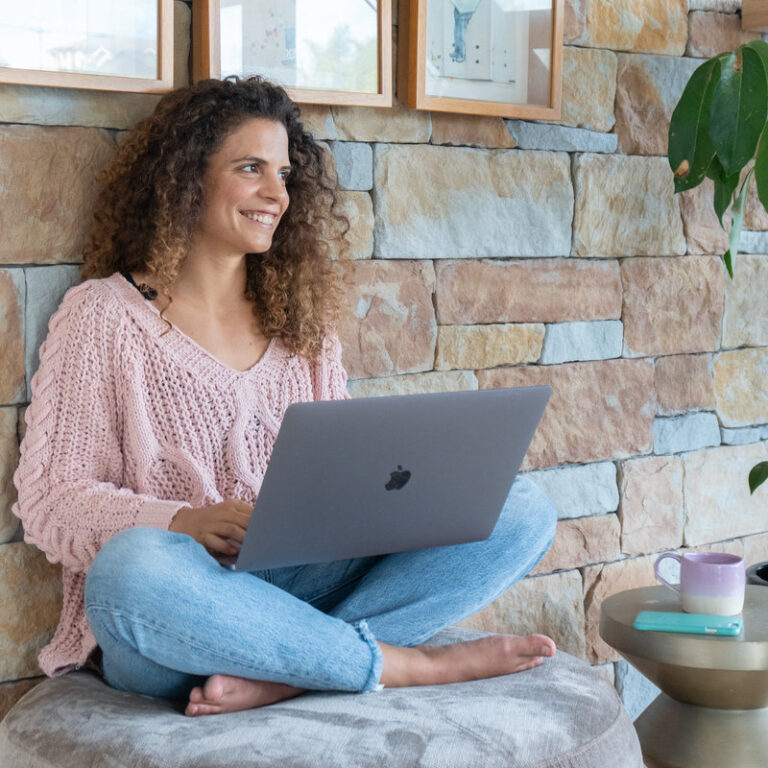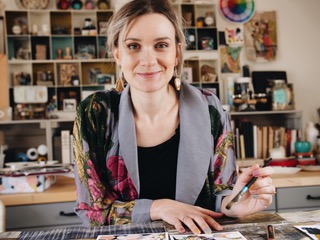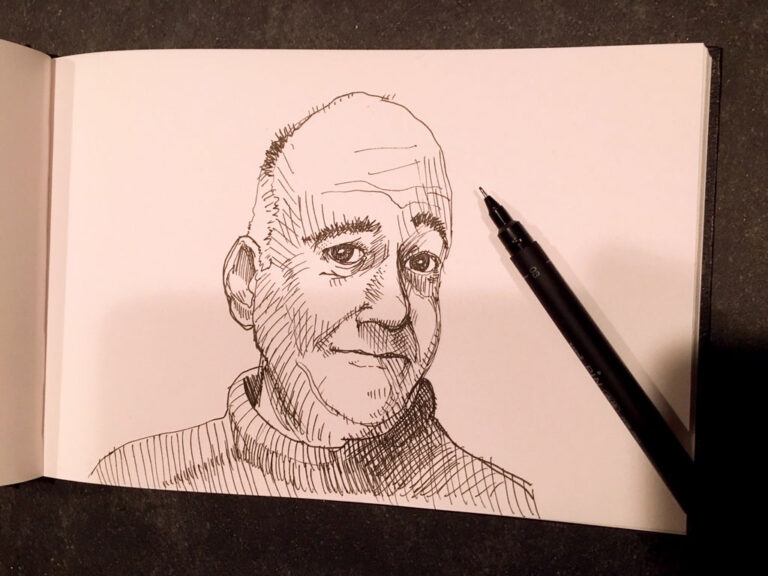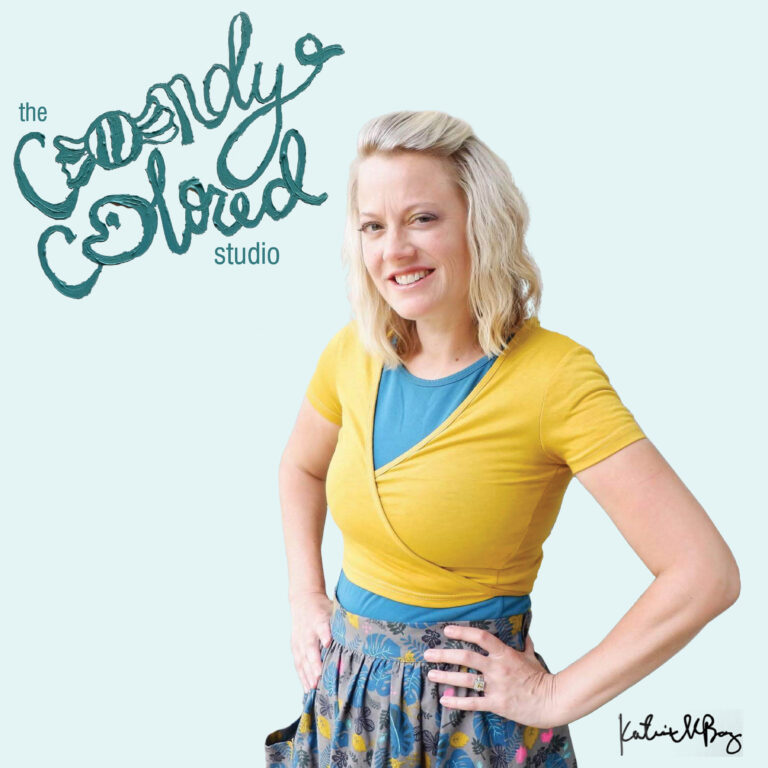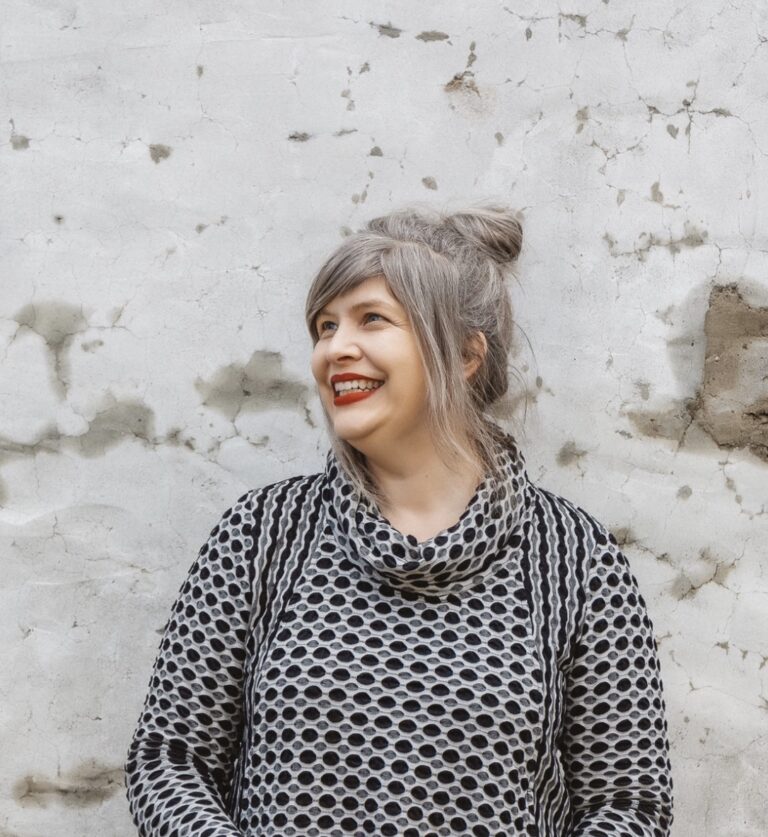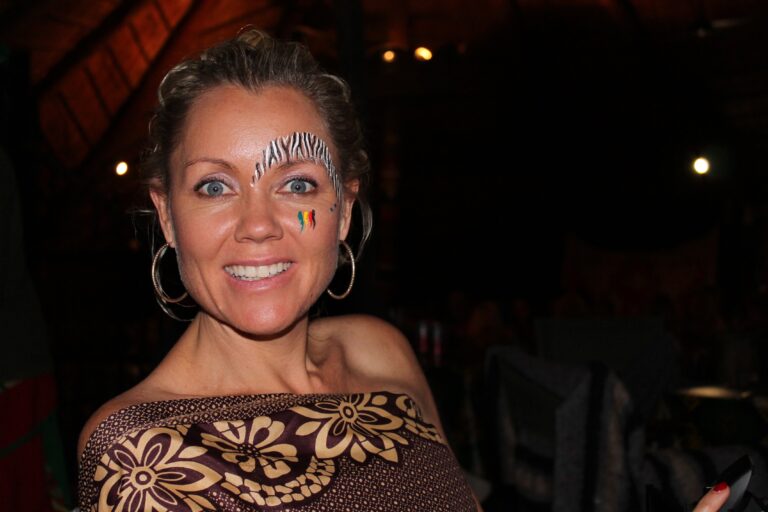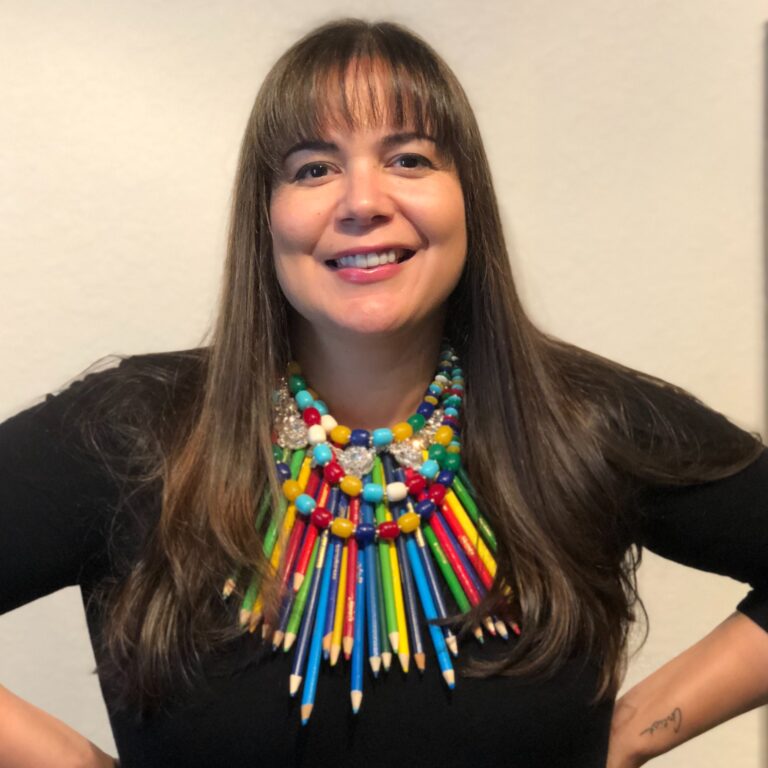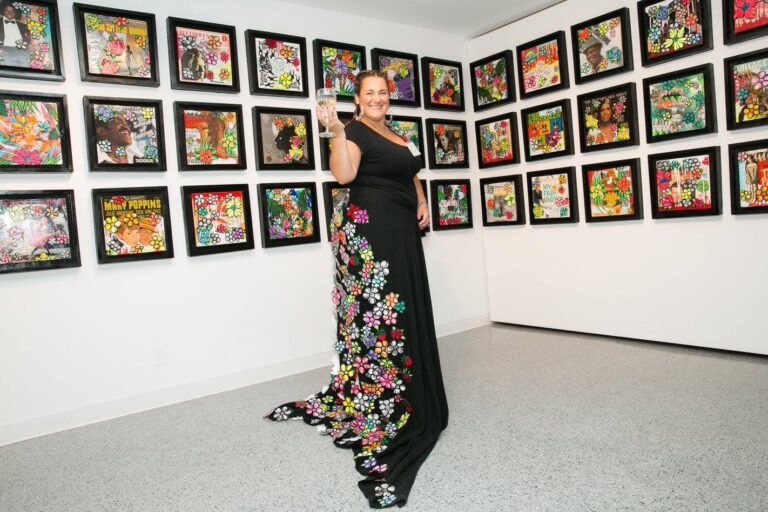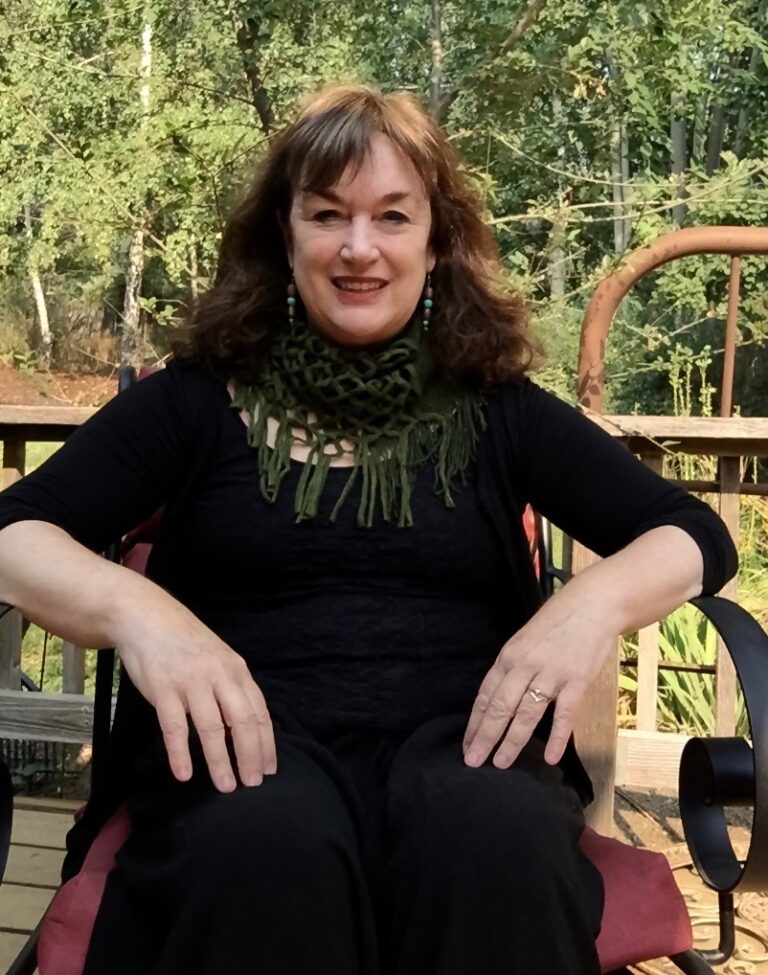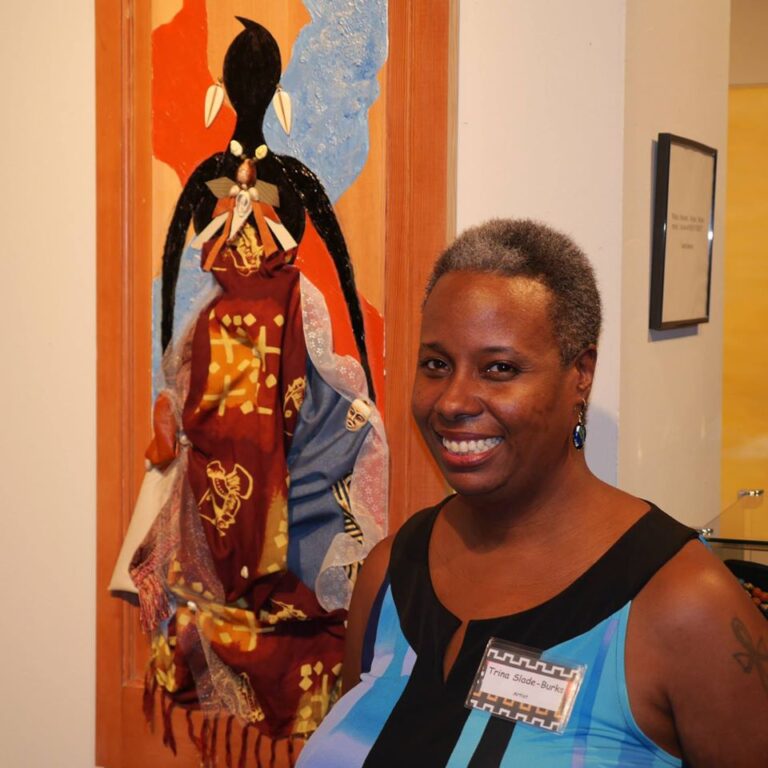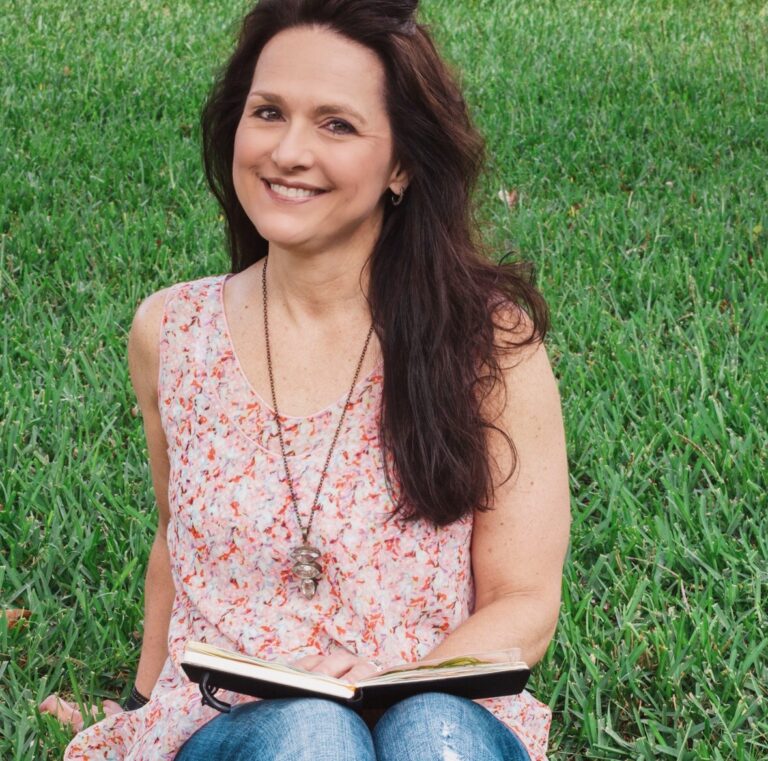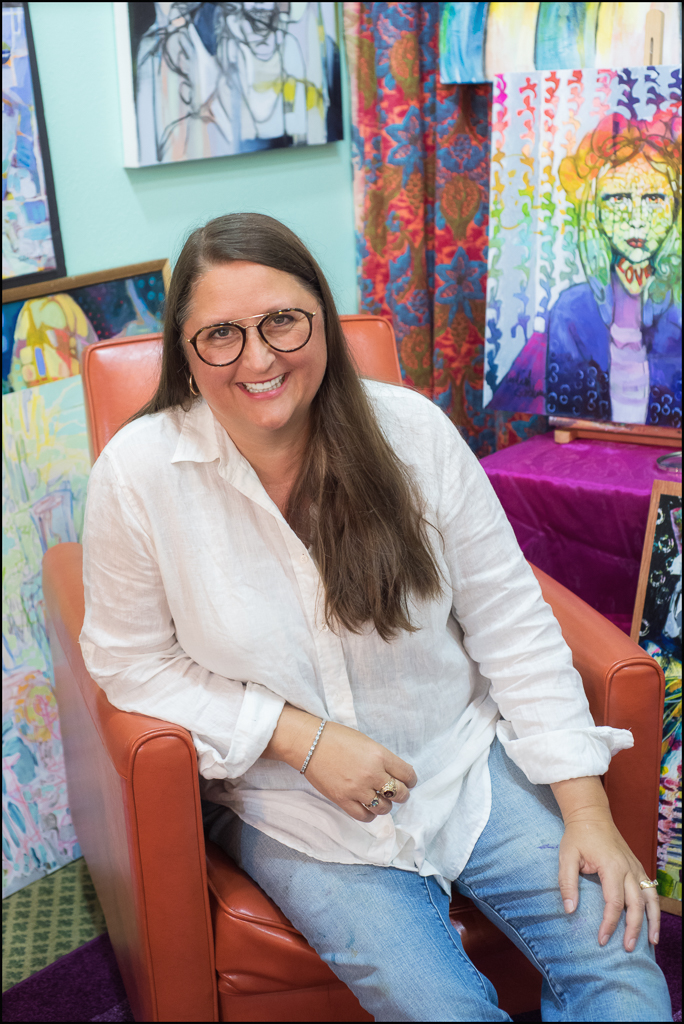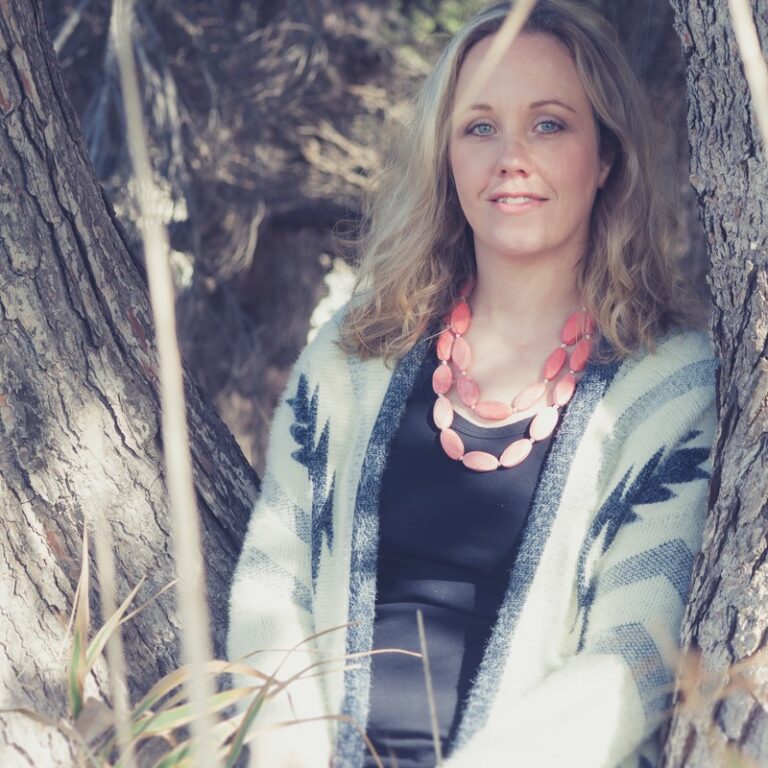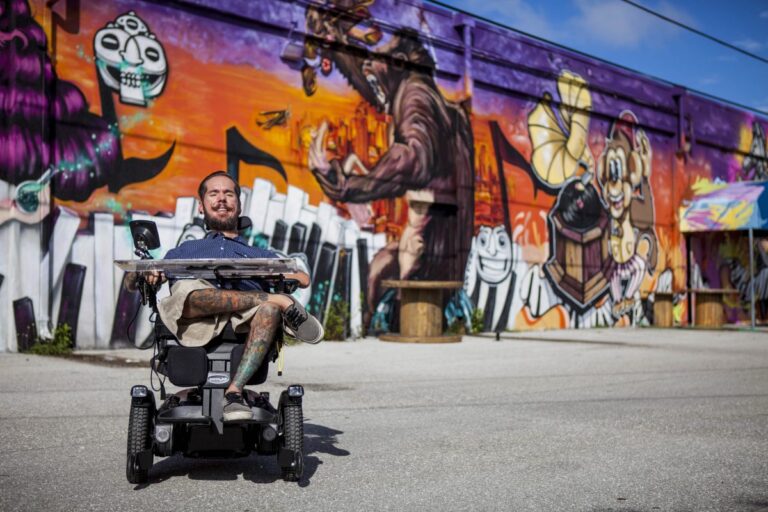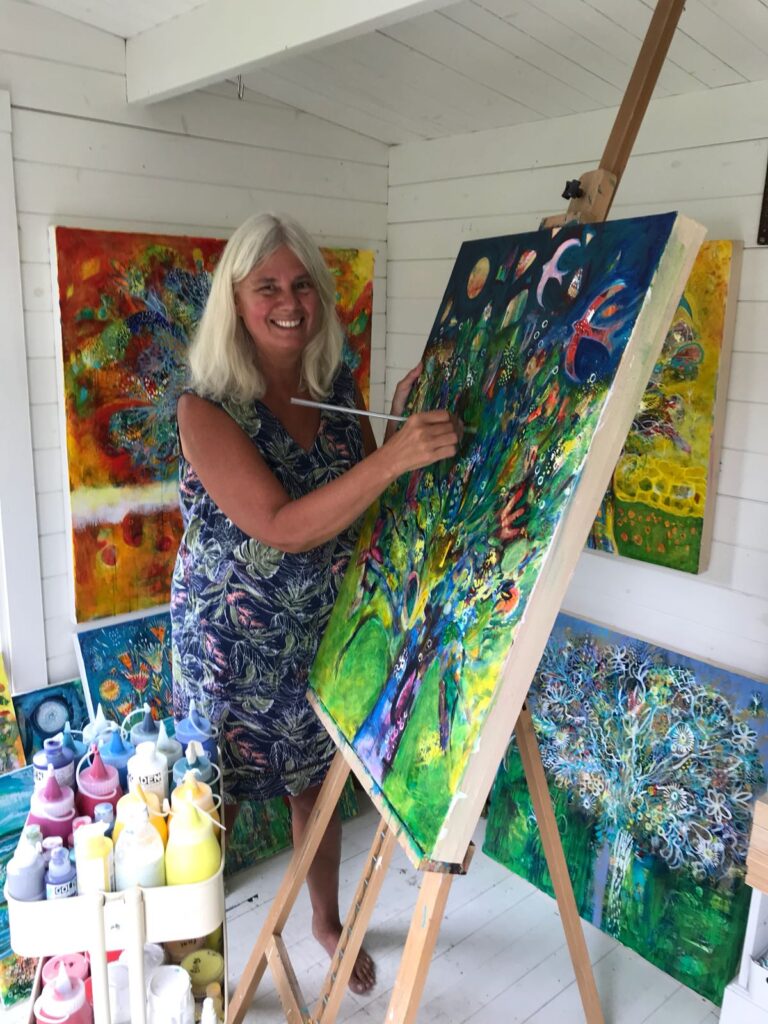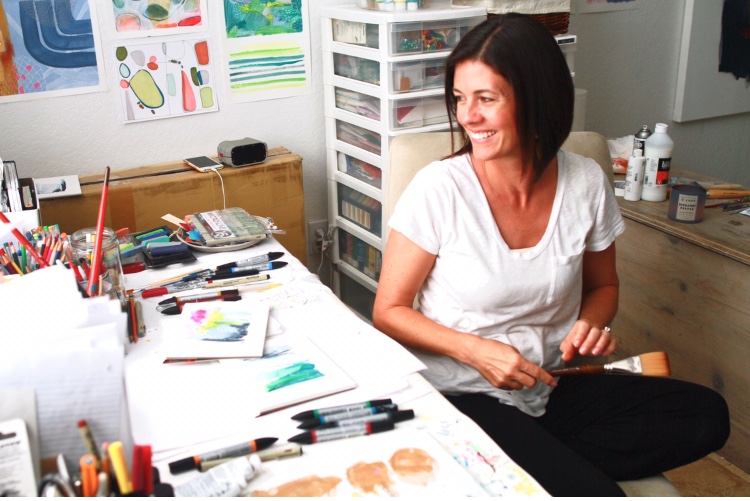#198 Andrea Garvey: Living her Dream and Sharing Her Passion
California artist Andrea Garvey paints beautiful whimsical florals and figures. Her paintings have many layers and are made with acrylic paint and inks. She’s only been painting full time for three years, but already she’s teaching what she knows in online classes. During the pandemic, she also started painting during Facebook Live events. She now has a thriving Creative Community on Facebook.
Listen here or download from iTunes, Spotify, Google Play, CastBox, or Stitcher.
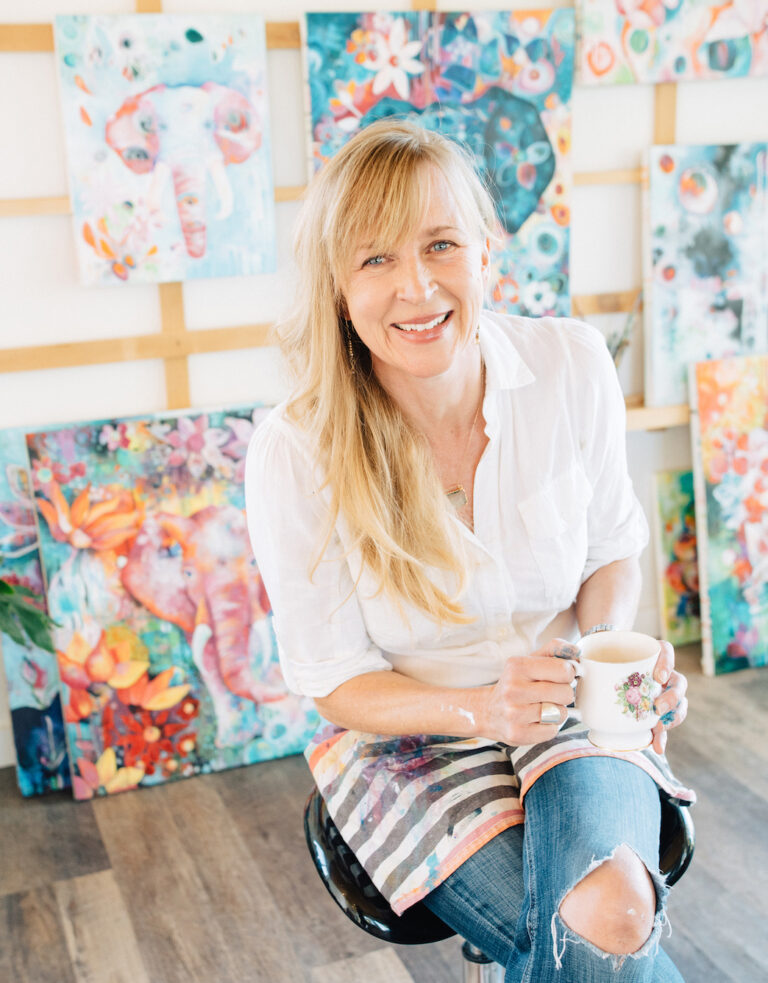
Andrea Garvey
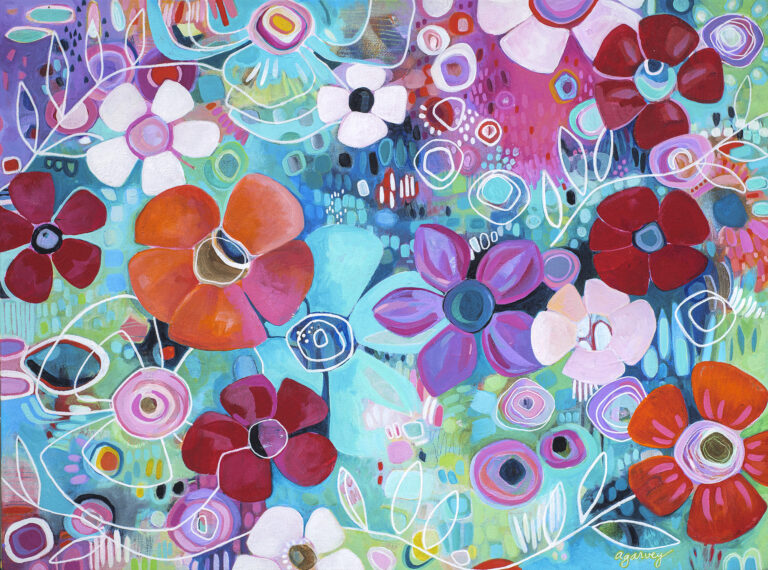
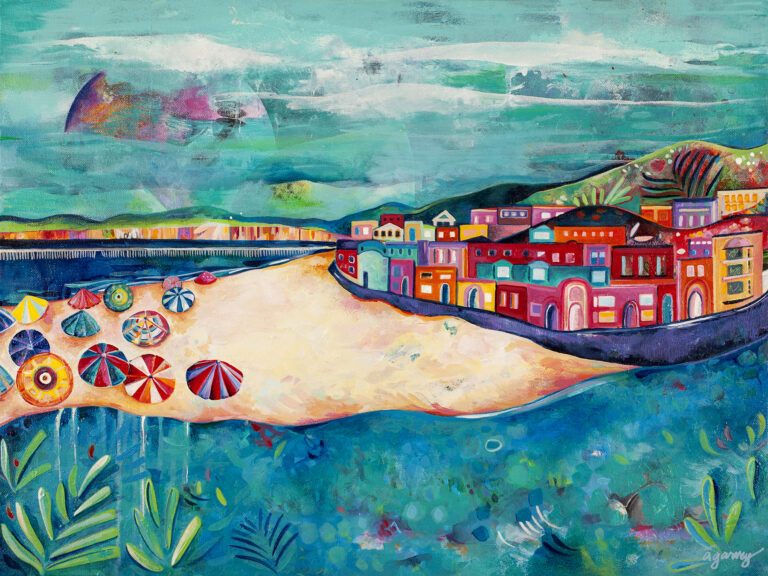
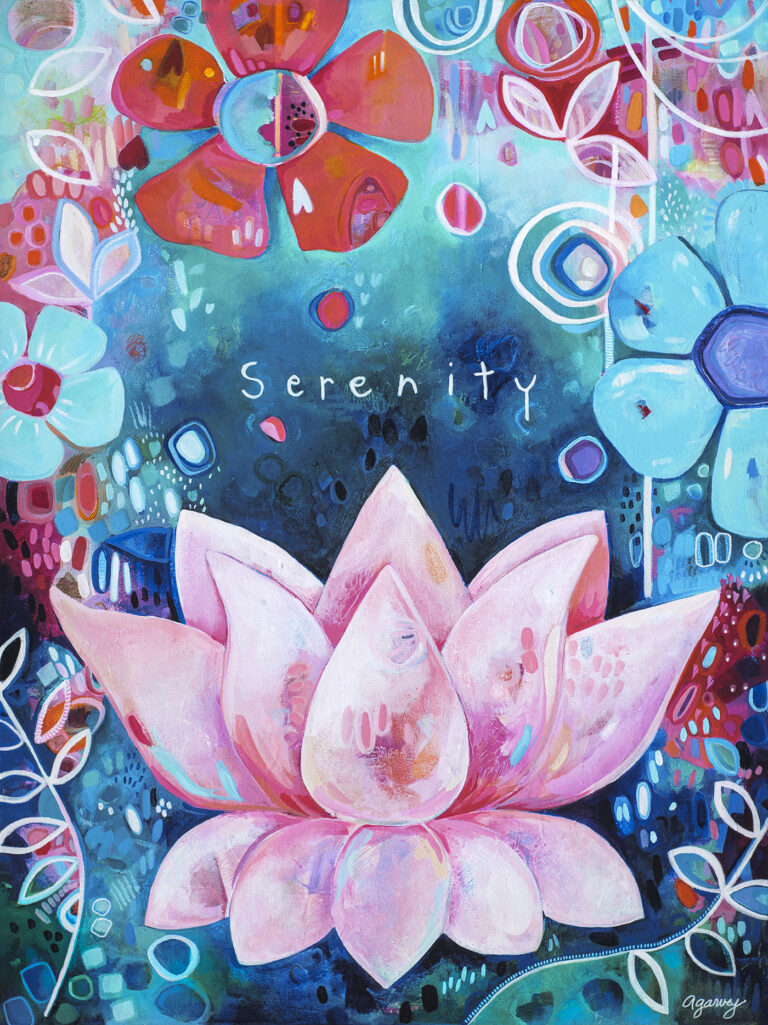
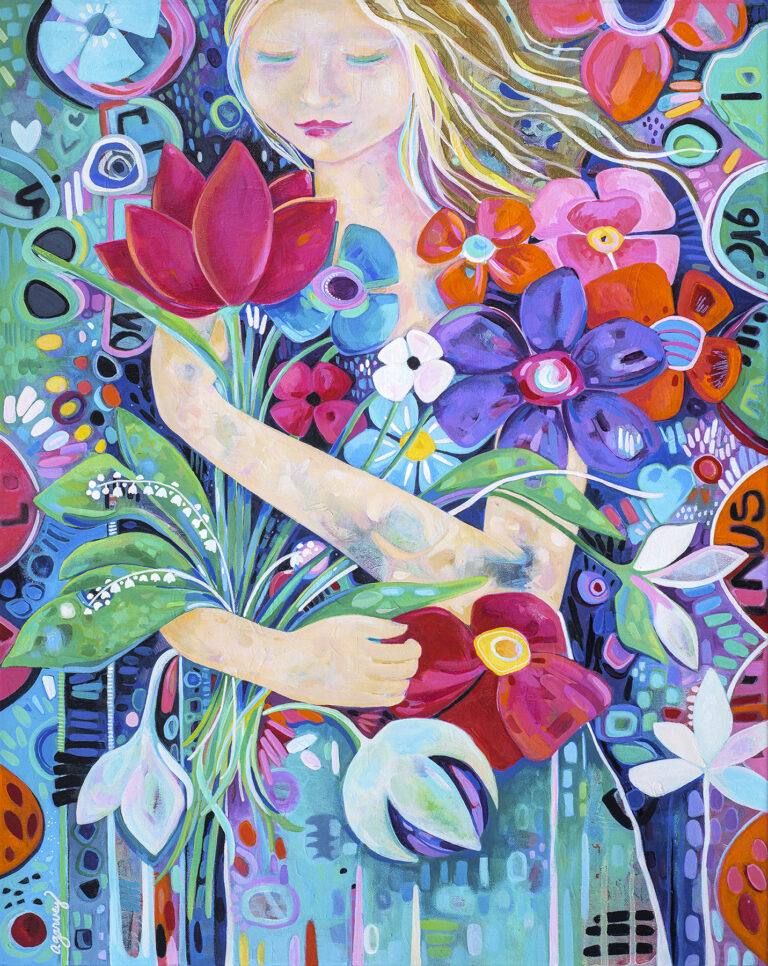
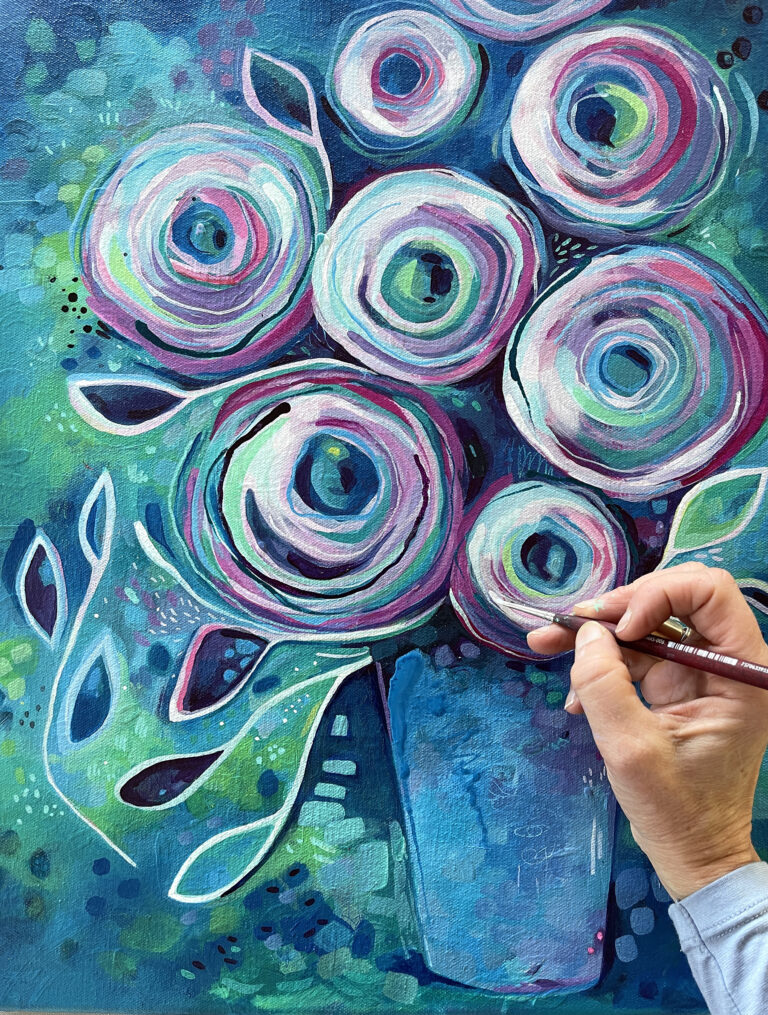
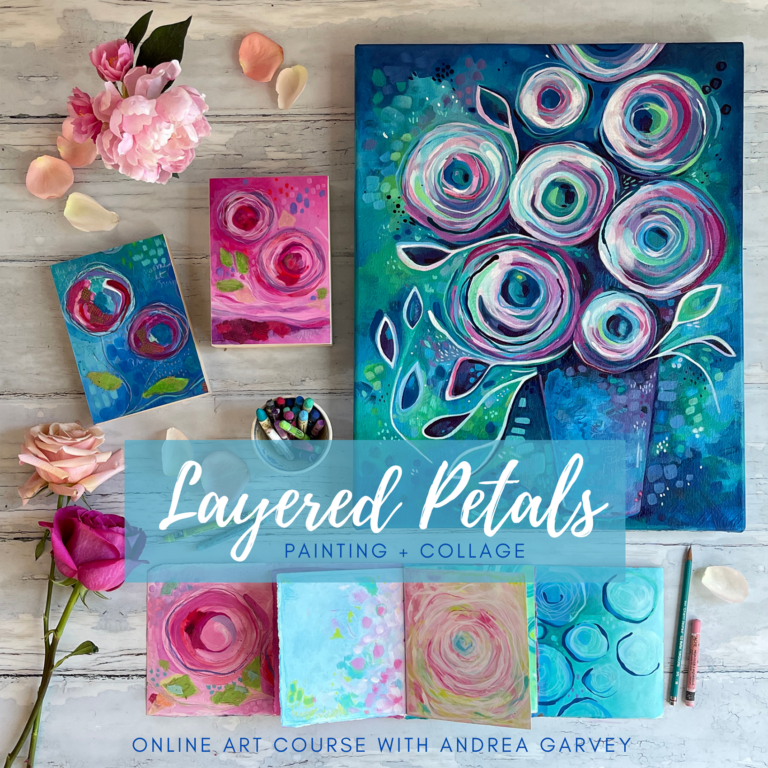
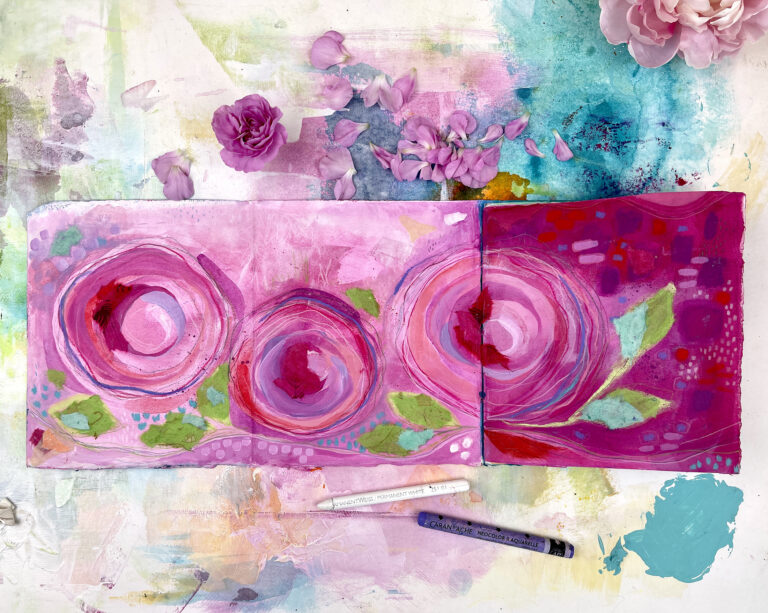
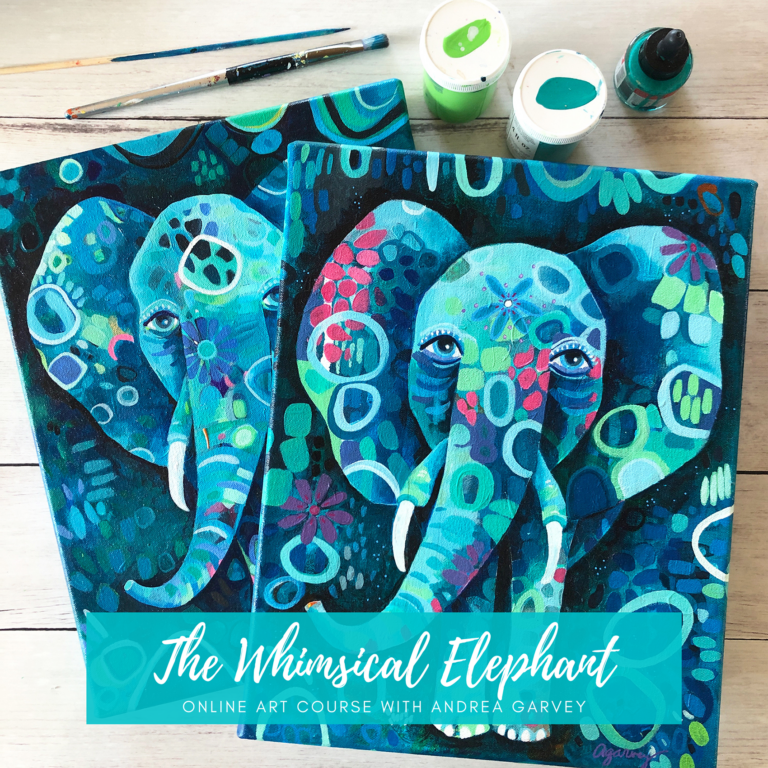
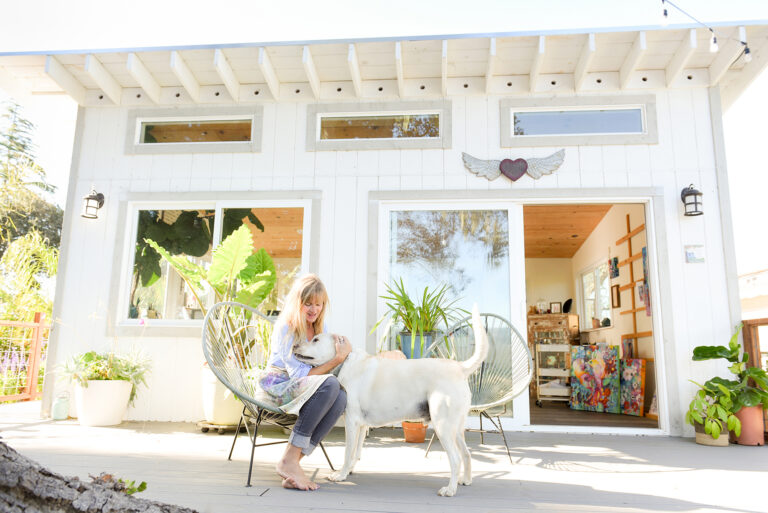
Andrea’s website is andreagarvey.com.
Her online classes can be found here.
Her newest class is called Layered Petals. You can sign up for that right now with special early pricing. The class begins on February 12th. All the details are found right on the Home page of her website.
Her Facebook community is called the Andrea Garvey Creative Community.
Andrea is on Instagram @andreagarveyart
Here are some great takeaways from our conversation:
- This first tip goes out to the younger people out there. Andrea suggests that you take some business classes when you can so you can get into a business mindset. As an artist, you’ll most likely always be self-employed, and you need to know about setting up a business and doing your own accounting and marketing.
- Andrea started painting after her mother-in-law died and she had a dream about a painting. She worked on the painting for two months. She suggests that doing something creative can help others through the grieving process, as it helped her.
- After Andrea made her first painting, she started taking classes from other artists to learn more. She mentioned a few and I’ll put their links in the Show Notes for Andrea’s episode. They are Jane Davenport, Tracy Verdugo, Alena Hennessy, and Betty Franks. Many artists offer online classes too, so you can still learn while we aren’t doing things in person as much.
- I’ve said this many times on this podcast, and I’ll say it again. The only way to get better at your art is to practice, practice, practice. Andrea gave herself a challenge to draw a flower a day for a year. Doing something like that will definitely get you better at making art.
- Andrea said she learned something from artist Ardith Goodwin about trying to come up with your artistic style. Ardith suggested going back to the kind of art you made when you were very young and examine that. You may find the colors or motifs that you like to use. I interviewed Ardith in Episode #51 and she goes into great detail about how she found her style. You can listen to that episode here.
- Make what you like, and don’t worry if you like many things. It’s O.K. to make many different subjects, no matter what art you do.
- If you’re a painter, a great way to practice your art is to make small works on paper rather than large canvases. Andrea also noted that she can be more daring on a smaller piece on paper and try new designs or materials. You can even sell your small works so you have lower-priced art to offer.
- Work on more than one art piece at once, so you can take a break and go back to one later. You’ll often see something new that you can add to.
- When Andrea first started creating online classes, she just used google or youtube to find out how to do things. You can find how-to’s for just about anything online.
- If you teach online and you have a community of artists who follow you, ask them what kind of class they’d like from you next. Why not get the suggestions right from your students?
- Andrea will write blog posts for her website, then she will repurpose those into newsletters. You don’t have to write different things for every platform. Reusing them just makes sure your content gets out to more people.
- In Instagram, there’s a fairly new feature called reels. It’s just another way of adding video content to your feed. Andrea uses this rather successfully, because she has realized that in the algorithms, posts with reels are favored over other posts. You can post a 15 or 30 second clip and add music to it. She uses the time-lapse feature on her phone, which will automatically speed up her video to make it match 30 seconds. The other cool thing is you can put a cover photo on your reel, in case the start of your video looks a little weird.
- Don’t be afraid to ask another artist for advice. Artists are very generous with their knowledge. However, don’t just ask for their time for free. Offer to pay them for an hour or so, or at least take them out to lunch.
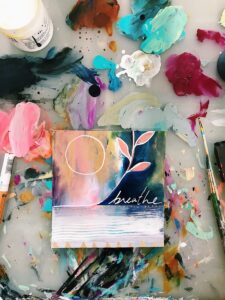
- Post category:Painters/Podcasts/Season 3/Show Notes
